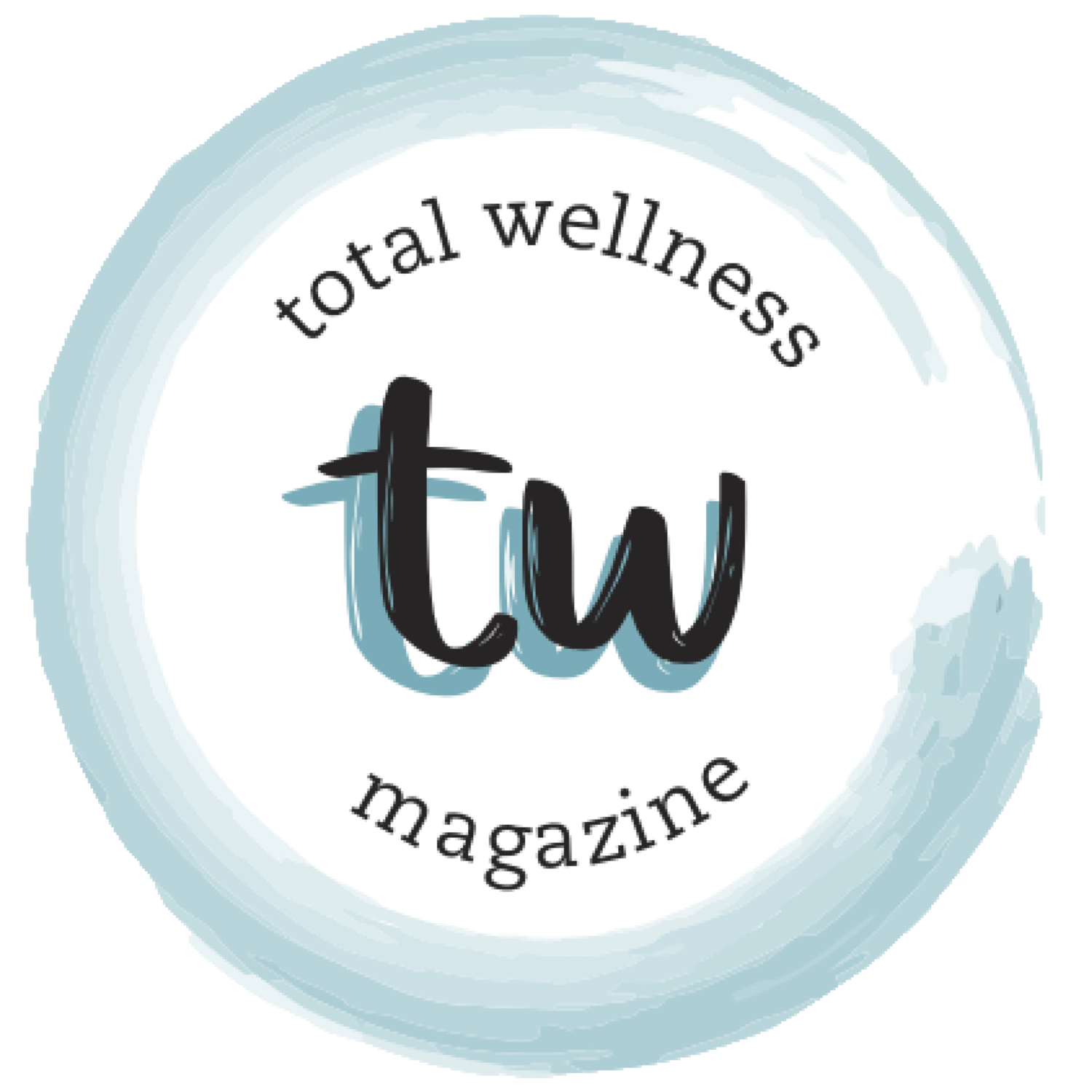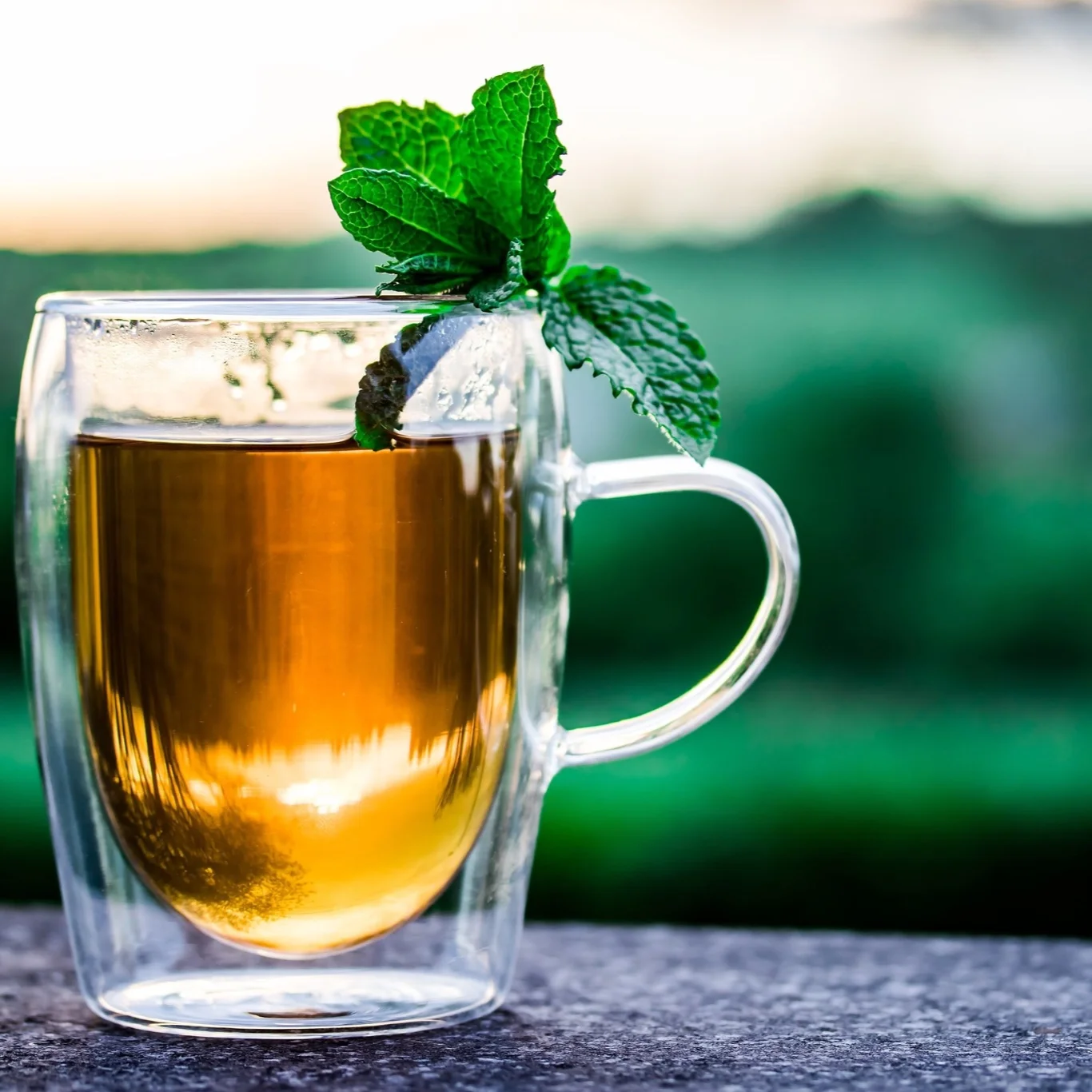For the Love of Chocolate
by SYDNIE BUI
Whether enjoyed in batches during the holidays or as an occasional indulgence, chocolate is an American favorite. The average American consumes 9.5 pounds of chocolate per year. But that’s nothing compared to the average Swiss, who consumes around 20 pounds of chocolate per year! [1] In this article, you’ll learn all about chocolate—how it is made, how it affects our health, and why we love it so much.
what is chocolate?
The word “chocolate” comes from xocolatl, the Nahuatl word for “bitter water.” Xocolatl was a spiced drink that was consumed by the Mayans and the Aztecs. [2] The basic ingredients of today’s chocolates are cocoa (or chocolate) liquor, additional cocoa butter, and a sweetener such as sugar. Cocoa liquor is pure cocoa in liquid form. It contains both cocoa powder and cocoa butter. Other ingredients can be added to chocolate, including flavorants, preservatives, and milk solids. [2] Milk solids are the components of milk after the water has been removed. These include proteins, minerals, vitamins, and sugars.
cacao vs. cocoa
The two words sound similar, but they are not the same! You can think of cacao as nature’s raw chocolate chip. Cacao comes from the cacao tree, which is grown in tropical, humid climates. It is made from beans found in cacao pods, each pod containing about 30 to 45 beans. The beans are usually hand-harvested to avoid damaging them. [2] Cacao butter is white and buttery and is the raw fatty part from the cacao fruit.
Cocoa, along with its related products like powder and butter, is the heated form of cacao. You can buy it as Dutch-processed or regular. Dutch-processed cocoa powder is processed using an alkaline solution, making it taste richer and less acidic. Regular cocoa powder is more acidic. [3] Cocoa butter is composed primarily of three major fatty acids: palmitic acid, stearic acid, and oleic acid. The amount of each fatty acid can be adjusted to change the melting temperature of chocolate. Ideally, chocolate should melt only in your mouth. [2]
Although cacao and cocoa are technically different, chocolatiers and chocolate-lovers use the terms interchangeably.
the process: from pods to the supermarket
How are plain cacao beans transformed into tantalizing, beautifully wrapped bars of chocolate? The process includes more than simply harvesting, grinding, and mixing ingredients. Here’s a step-by-step guide to chocolate-making:
Harvest: The cacao beans are removed from the pods
Ferment: Microorganisms like yeast and bacteria and heat generated from fermentation help break down the cell walls of the beans and chemical reactions occur to enhance the flavor
Dry and Ship: Beans are dried in the sun to preserve flavor and shipped to chocolate manufacturers
Clean and Winnow: Dirt and other debris are removed by air flow, the shells are removed, and the beans are saved
Roast: The beans are heated to develop flavor
Grind: The cracked beans are called nibs, which are further ground into a liquid (cocoa liquor)
Mix: Chocolate liquor, additional cocoa butter, sugar, and other ingredients such as milk and flavorants (vanilla, spices) are combined
Conche: Ingredients are slowly mixed and ground under heat for several hours to develop flavor and smooth out the texture, using a machine called a conche
Temper: The chocolate is melted and cooled so that once it solidifies, it is shiny and easily snaps—this is the step that you may have seen at chocolate shops where the liquid chocolate is poured over a flat surface and smoothed.
Cast: The chocolate is molded into desired forms [2,4]
a sweet comparison
milk chocolate
The most popular type of chocolate in the U.S. is milk chocolate. [5] According to the FDA, milk chocolate contains no less than a 10% concentration of cocoa liquor. It also contains sugar and no less than 12% milk solids by weight. [6]
dark chocolate
The FDA has no official definition of dark chocolate. Typically, dark chocolate contains a cocoa percentage of as low as 40% to as high as 100% along with sugar and cocoa butter. It may contain little or no milk solids. [4]
white chocolate
White chocolate is a mixture of cocoa butter, milk solids, and sugar. [6] Because it doesn’t contain cocoa powder, some people might not even consider white chocolate to be real chocolate.
the pros and cons of chocolate
pros: antioxidants
According to a 2008 review of 28 chocolate studies published in the British Journal of Nutrition, chocolate may have some health benefits as a result of its antioxidants. The antioxidants in chocolate, known as flavanols, come from the cocoa liquor. However, milk chocolate contains less cocoa liquor than dark chocolate, and white chocolate contains no cocoa liquor. In addition, heat processing and fermentation are known to destroy some of the antioxidant content in the cacao bean. In fact, from harvesting to the final product, antioxidant content goes from approximately 7% to 1%. [7] In vitro studies have implicated that the antioxidants in chocolate may work in inhibiting inflammatory pathways, though scientists have studied only the short-term effects. [5]
cons: sugar
Chocolate often contains added fat and sugar. The fatty acids in chocolate, such as stearic, palmitic, and oleic acids, do not appear to raise blood cholesterol levels. [5] However, chocolate, especially milk and white, may have high levels of sugar, which can negatively impact dental health if eaten in large amounts. [5] The sugar is a food source for bacteria, which eat the sugar and produce acids as a byproduct. The acids eat away at tooth enamel. High sugar consumption can also increase the risk of type II diabetes. [5]
on the other hand
Cacao and cocoa by themselves have lower fat and sugar content, so these less processed products could be healthier alternatives to chocolate. [5] Despite the promising evidence of chocolate’s benefits, a majority of studies on chocolate have been either fully or partially funded by industries, or at least the subjects were supplied with chocolate by industries. Other limitations include small sample sizes (ranging from 4 to 49 participants) and varying controls (including white chocolate and water, which makes it difficult to compare and ascertain the target compound at work). [5]
myths about chocolate
Does drinking milk reduce antioxidant absorption?
Does drinking milk actually interfere with the absorption of antioxidants? According to a 2003 study in Nature, when 12 healthy participants were given a cocoa beverage prepared with whole milk or water, milk did not seem to interfere with the absorption of antioxidants or its activity. [8] Other similar studies found supporting evidence for this claim. [9-10]
does chocolate exacerbate my acne?
Perhaps you’ve heard that eating chocolate makes acne worse. According to a 2015 study published in The International Society of Dermatology, acne-prone males who consumed 25 g of 99% dark chocolate daily for 4 weeks experienced more acne afterwards. Because previous studies had found a link between milk and acne, researchers chose to minimize the amount of milk in their chocolate by using 99% dark chocolate. Although the acne-causing mechanisms of chocolate were not pinpointed, the researchers proposed that cocoa butter, which is present in chocolate, might be the culprit. In animal models, the oleic acid in cocoa butter caused blocked hair follicles. Please note, however, that the human study did not have a control group. [11]
A placebo-controlled study published in The Journal of Clinical and Aesthetic Dermatology in 2014 found comparable results: acne-prone males who consumed capsules of 100% cocoa for 7 days developed more acne than those who had the placebo or combination pills. [12] Other studies analyzed in a 2009 review in the International Journal of Dermatology that examined the effects of chocolate on acne were inconclusive. [13]
why do we crave chocolate?
Some studies have attempted to find psychoactive ingredients that may contribute to chocolate cravings. A few candidate ingredients include the stimulants caffeine and phenylethylamine. However, the concentrations of these psychoactives are too low to have a significant effect—the concentrations are actually higher in non-craved foods than in chocolate. Additionally, most people prefer milk chocolate; if psychoactive compounds were the culprits, then dark chocolate or cocoa powder would be preferred, because they have more caffeine and phenylethylamine.
Another explanation involves our daily calorie intake. If we simply crave chocolate because we haven’t consumed enough calories in a day, then we should like milk and white chocolate equally, but we don’t.
There’s also a difference between chocolate craving and carbohydrate craving. A release of the neurotransmitter dopamine followed by a pleasurable hedonic sensory experience drives our chocolate cravings. In contrast, carbohydrate cravings, which characterize emotional eating, are driven by the mood-enhancing, comforting effects of opioids (like endorphins produced by the body). When craving carbohydrates, typically any sweet food, including chocolate, will help to alleviate negative mood states temporarily.
So why do we crave chocolate? The sweetness and smooth texture of chocolate contribute to its palatability and hedonic appeal. Furthermore, it has a distinctive aroma and flavor. Therefore, it seems that we crave chocolate because it gives us a unique sensory experience. [14]
bottom line
Milk, white, or dark—this luxurious, sweet treat is irresistible, but there are still health effects to keep in mind. Chocolate that is higher in cocoa liquor, namely dark chocolate, has more flavanol antioxidants and so may have greater benefits. But in general, heat destroys most of the antioxidants that were present in the cacao prior to processing. Furthermore, added sugar and fat limit chocolate’s health-food claim credibility. Scientists have found it difficult to isolate the compounds and mechanisms responsible for the supposed benefits of chocolate. Raw cacao or even cocoa may be healthier alternatives, but these items aren’t as popular. In the meantime, it’s all right to indulge in a piece of chocolate here and there because when you’re craving chocolate, only chocolate will suffice.
References ▾
- “The World’s Biggest Chocolate Consumers.” forbes.com. (2015).
- “MIT Laboratory for Chocolate Science.” chocolate.mit.edu. (n.d.).
- “Cacao vs. Cocoa: What You Need to Know.” onegreenplanet.org. (2014).
- “Clinical Benefit and Preservation of Flavanols in Dark Chocolate Manufacturing.” Nutr Rev. (2008).
- “Cocoa and Health: A Decade of Research.” Br J Nutr. (2008).
- “Title 21; Part 163: Cacao Products.” accessdata.fda.gov. (2015).
- “Chocolate, Lifestyle, and Health.” Crit Rev Food Sci Nutr. (2009).
- “Nutrition: Milk and Adsorption of Dietary Flavanols.” Nature. (2003).
- “Milk Does Not Affect the Bioavailability of Cocoa Powder Flavonoid in Healthy Human.” Ann Nutr Metab. (2007).
- “The Effect of Milk Protein on the Bioavailability of Cocoa Polyphenols.” J Food Sci. (2007).
- “Dark Chocolate Exacerbates Acne.” Int J Dermatol. (2015).
- “Double-blind, Placebo-controlled Study Assessing the Effect of Chocolate Consumption in Subjects with a History of Acne Vulgaris.” J Clin Aesthet Dermatol. (2014).
- “Diet and Acne: A Review of the Evidence.” Int J Dermatol. (2009).
- “Mood State Effects of Chocolate.” J Affect Disord. (2006).






